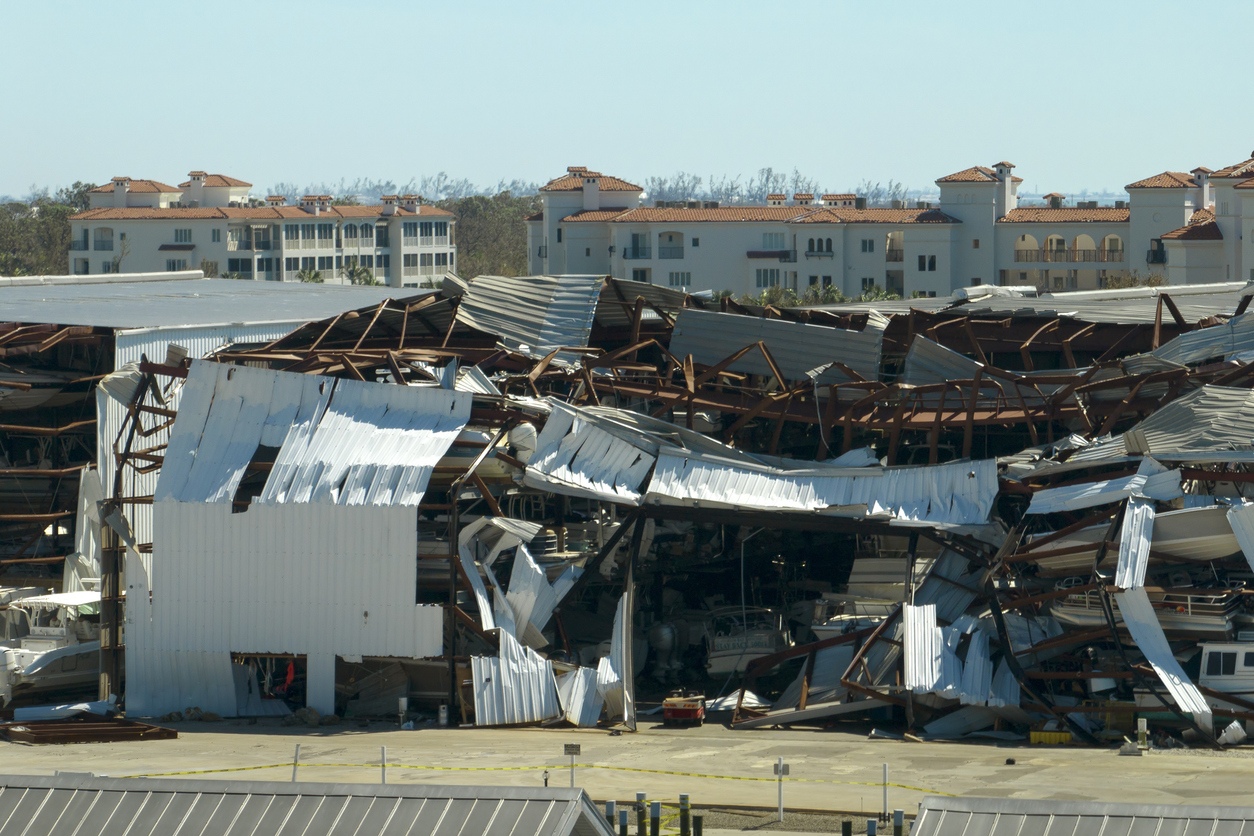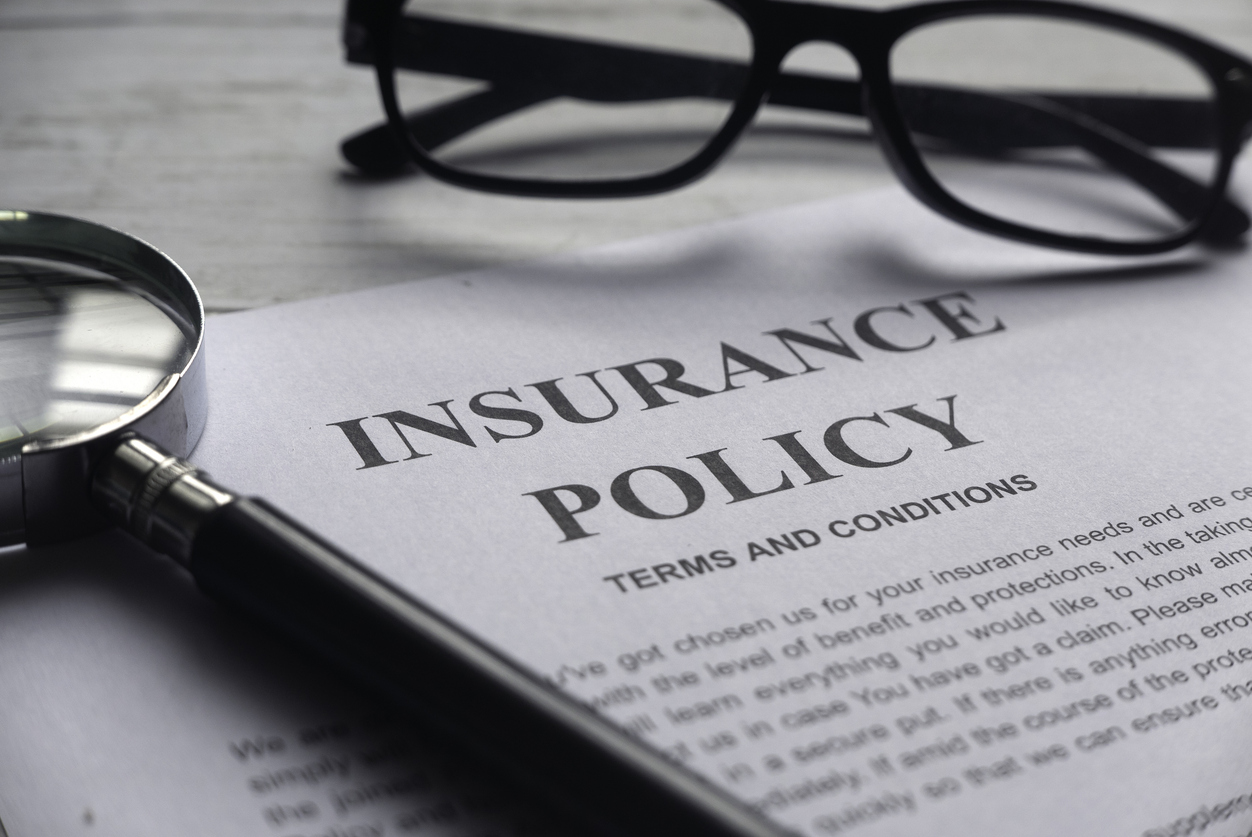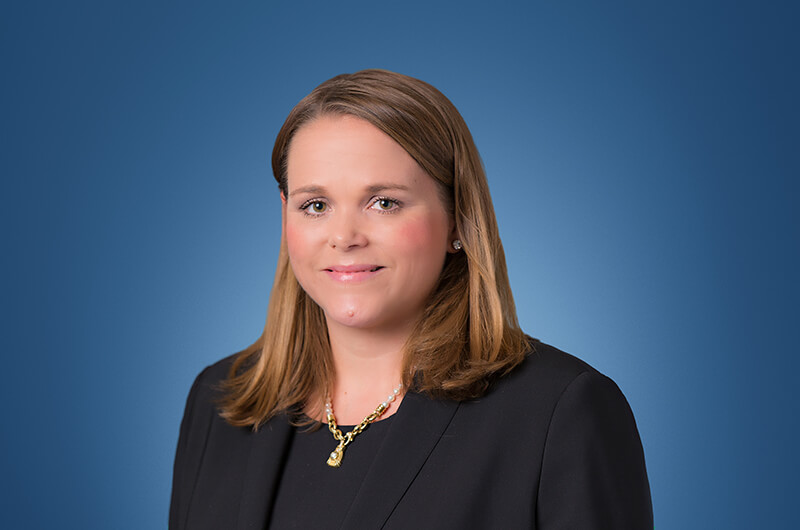Ordinance or law (“L&O”) coverage is “[c]overage for loss caused by enforcement of ordinances or laws regulating construction and repair of damaged buildings.”1 Additional living expense (“ALE”) coverage “reimburses the insured for the cost of maintaining a comparable standard of living following a covered loss that exceeds the insured’s normal expenses prior to the loss.”2
I was recently asked to blog about the Fourth District Court of Appeal’s Jossfolk decision,3 which pertains to when L&O benefits can be appraised; that is, when a policyholder is eligible to receive L&O benefits from the carrier. I was asked to write about whether the following, L&O-related excerpt from Jossfolk is dicta and whether it would also apply to ALE:
As the supreme court noted, ‘‘to incur’ means to become liable for the expense, but not necessarily to have actually expended it.’ [Ceballo v. Citizens Prop. Ins. Corp., 967 So. 2d 811, 815 (Fla. 2007)].
Ceballo supports Jossfolk’s contention that Ordinance and Law is not recoverable until it is incurred and thus could not have been appraised at the time of the original appraisal. Here, at the time of the original appraisal, Jossfolk had not applied for repairs of the roof. Thus, he had not incurred or become liable for any additional expense until the City had required compliance with current ordinances in order to complete repairs. It was at that point, according to Ceballo that Jossfolk incurred additional loss, for which he had the right to an appraisal.
Regarding the first question posed, this Jossfolk language does not strike me as true dicta. The Jossfolk definition of “to incur” came straight from the Florida Supreme Court’s Ceballo decision, and the Florida Supreme Court is Florida’s highest court. Plus, this holding was inextricably intertwined with the overall Jossfolk decision.
Regarding the second question posed, I found a few courts outside Florida that held ALE must be incurred by a policyholder and defined “incurred” as “become liable or subject to” or “become liable to pay.”4 This ALE viewpoint is similar to the Ceballo and Jossfolk L&O viewpoint. As for Florida, I came across a Florida treatise that states ALE benefits “become payable [when] damages create an unlivable residence.”5 While an “unlivable residence” is not the only circumstance that renders a policyholder eligible for ALE benefits, this treatise language is worth noting because, in my opinion, it evidences (or at least suggests) a similarity between “incur” in the L&O context and “incur” in the ALE context. The unlivable residence triggers a policyholder’s entitlement to ALE benefits, not necessarily the hotel bill that ultimately results from the unlivable residence. Similarly, a building department’s directive to replace (rather than repair) a roof in compliance with ordinance or law triggers a policyholder’s entitlement to L&O benefits, not the increased cost of labor and materials that ultimately results from the building department’s directive. Put differently, the unlivable residence and building department directive are the “liability” Ceballo and Jossfolk speak of and that “liability” is a form of “to incur.” Under this analysis, a policyholder should not have to get hit with an L&O-related or ALE-related bill before being entitled to receive L&O and ALE benefits.
1 http://www.irmi.com/online/insurance-glossary/terms/o/ordinance-or-law-coverage.aspx
2 http://www.irmi.com/online/insurance-glossary/terms/a/additional-living-expense-ale-coverage.aspx
3 Jossfolk v. United Prop. & Cas. Ins. Co., 100 So. 3d 110 (Fla. 4th DCA 2013).
4 See, e.g., United Services Auto Ass’n v. Gordon, 103 S.W.3d 436, 442-443 (Tex. App. 2002).
5 17 Fla. Prac., Insurance Law § 30:8 (West, Nov. 2013).



